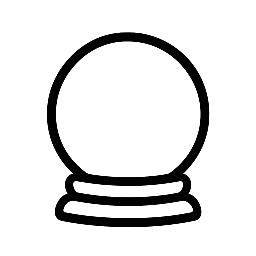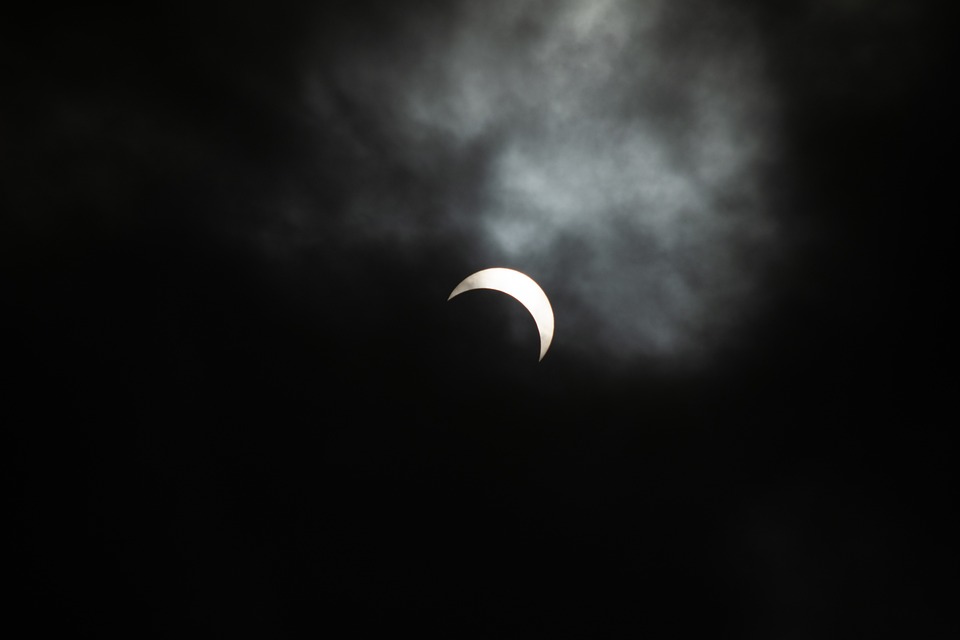The lunar cycle has long been a source of fascination for humans, with its predictable phases influencing the tides, the night sky, and even our emotions. The idea that the moon’s cycles can impact our emotional state is rooted in astrology and folklore, with many cultures believing that the full moon, in particular, can bring about intense feelings and erratic behavior. But what if we could navigate the highs and lows of the lunar cycle with a deeper understanding of its emotional map?
Understanding the Lunar Cycle
The lunar cycle, also known as the synodic month, is approximately 29.5 days long and consists of eight distinct phases: new moon, waxing crescent, first quarter, waxing gibbous, full moon, waning gibbous, last quarter, and waning crescent. Each phase is associated with unique energies and emotions, which can influence our personal experiences and relationships.
The New Moon: A Time for Renewal
The new moon marks the beginning of a new cycle, symbolizing fresh starts, new beginnings, and the planting of seeds for future growth. This phase is ideal for setting intentions, making plans, and taking action towards personal goals. Emotions during the new moon tend to be optimistic, enthusiastic, and forward-thinking.
The Waxing Crescent: A Phase of Growth
As the moon waxes, its energy builds, and our emotions become more expansive and adventurous. This phase is characterized by a sense of curiosity, exploration, and taking risks. It’s an excellent time for learning, socializing, and pursuing creative interests.
The First Quarter: A Time for Action
The first quarter moon is a call to action, urging us to take bold steps towards our goals and overcome obstacles. Emotions during this phase tend to be driven, ambitious, and sometimes confrontational. It’s essential to stay focused, motivated, and willing to adapt to changing circumstances.
The Waxing Gibbous: A Phase of Expansion
As the moon continues to wax, its energy becomes more intense, and our emotions may feel more heightened and passionate. This phase is associated with creativity, inspiration, and a desire for social connections and community. It’s an excellent time for collaborations, brainstorming, and exploring new ideas.
The Full Moon: A Time of Release
The full moon is often considered the most intense phase of the lunar cycle, with emotions reaching a peak and then releasing. This phase is characterized by a sense of completion, celebration, and sometimes chaos. It’s essential to acknowledge and release any pent-up emotions, letting go of what no longer serves us and embracing the present moment.
The Waning Gibbous: A Phase of Reflection
As the moon begins to wane, its energy becomes more introspective, and our emotions may turn inward. This phase is ideal for reflection, self-care, and introspection. It’s a time to evaluate our progress, adjust our strategies, and prepare for the next cycle.
The Last Quarter: A Time for Re-Evaluation
The last quarter moon is a call to re-evaluate our goals, relationships, and priorities. Emotions during this phase tend to be more critical, discerning, and sometimes confrontational. It’s essential to stay grounded, focused, and willing to make necessary adjustments.
The Waning Crescent: A Phase of Release
The waning crescent moon is the final phase of the lunar cycle, marking a time of release, letting go, and surrender. Emotions during this phase tend to be more subdued, introspective, and sometimes melancholic. It’s an excellent time for meditation, self-reflection, and preparing for the next cycle.
Navigating the Highs and Lows
By understanding the emotional map of the lunar cycle, we can better navigate its highs and lows. Here are some tips for working with the lunar cycle:
- Keep a lunar journal to track your emotions and experiences throughout the cycle.
- Set intentions and make plans during the new moon phase.
- Take action and pursue your goals during the waxing phases.
- Practice self-care and introspection during the waning phases.
- Stay flexible and adapt to changing circumstances throughout the cycle.
By embracing the lunar cycle’s emotional map, we can deepen our understanding of ourselves and the world around us. We can learn to ride the waves of emotion, harnessing the energies of the moon to live more authentic, creative, and fulfilling lives.
Conclusion
The moon’s emotional map offers a powerful tool for navigating the complexities of human emotion. By working with the lunar cycle, we can tap into its rhythms and energies, cultivating greater self-awareness, creativity, and personal growth. As we continue to explore the mysteries of the moon and its influence on our lives, we may discover that the lunar cycle holds the key to unlocking our full potential and living in harmony with the universe.


Leave a Reply